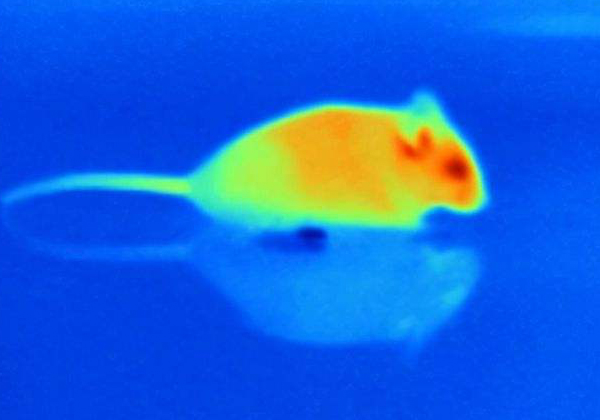Infrared imaging systems can convert the infrared radiation naturally emitted by objects into visible infrared images, thereby extending the visual range of the human eye to the far infrared region. In recent years, infrared imaging technology has been rapidly developed and widely used. The quality of infrared images has reached the level of black and white TV, and still photos of these images are comparable to high-quality black and white photos
All objects in nature, as long as its temperature is higher than OK, then it is always emitting radiant energy continuously. In principle, as long as this radiant energy can be detected and collected, an infrared image corresponding to the radiation distribution of the scene can be formed by rearranging the signals from the detectors to form an infrared image corresponding to the radiation distribution of the scene. undulating, thus showing the characteristics of the scene.

Infrared imaging technology can convert the differences in temperature distribution and reflectivity (the ratio of the reflected radiant energy projected on the object to the total radiant energy projected on the object) between the target and each part of the scene into corresponding signals, and then converted into visible light images. . The device that converts invisible infrared radiation into visible light images is called a thermal imaging camera. In 1952, the U.S. Army first developed a two-dimensional slow-frame scanning non-real-time infrared image display device using a unit bolometer detector. Photon detectors (such as InSb GeHg), which were rapidly developed in the late 1950s, have fast responsivity and make real-time display of infrared images possible. In the early 1960s, Texas Instruments and Hughes respectively implemented plans to develop thermal imaging cameras, and prototypes were made in 1965. By 1974, more than 60 thermal imagers had been developed for use in the army, navy and air force. In 1976, U.S. General Assembly thermal imaging cameras began mass production. In 1981, a universal component thermal imager using a swept-integrated HgCdTe device (SPRITE detector) was born in the UK. Thereafter. Thermal imaging cameras are widely used in the military.
The modern army has used it for night reconnaissance, aiming, artillery and missile fire control system range tracking and measurement systems; the air force has used it for night navigation, air reconnaissance and airborne fire control systems; the navy has used it for night navigation shipborne fire control and Air defense alarm system. Spaceborne thermal imagers can be used for reconnaissance of ground and sea targets, and can also be used for early warning of strategic missiles. The service of the thermal imager has greatly improved the night combat capability of the troops and is one of the symbols of combat effectiveness.
The temperature resolution of the thermal imager is very high (0.01~0.1℃), which makes it easy for the observer to find the clues of the target. It works in the mid- and far-infrared bands, and has better ability to penetrate rain, snow, fog, haze and conventional smoke screens (relative to equipment working in the visible and near-infrared regions); it is not afraid of strong light interference, and It is available day and night, making it more suitable for complex battlefield environments; because it is less affected by scattering in conventional atmospheres, it usually has a longer working distance. For example, the action distance of the infantry handheld thermal imager is 2~3km, the thermal imager in the shipborne photoelectric fire control system, the tracking distance of the sea target is about 10km, and the ground-air surveillance target distance is 20km. It is also because it uses far-infrared radiation as an information carrier, so it has a good ability to see bunkers and see through camouflage. The video signal output by the thermal imager can be displayed in various ways (black-and-white image, pseudo-color image, digital matrix, etc.), and it can make full use of the rapidly developing computer image processing technology for convenient storage, recording and long-distance transmission. This is a prominent feature. Advantage.